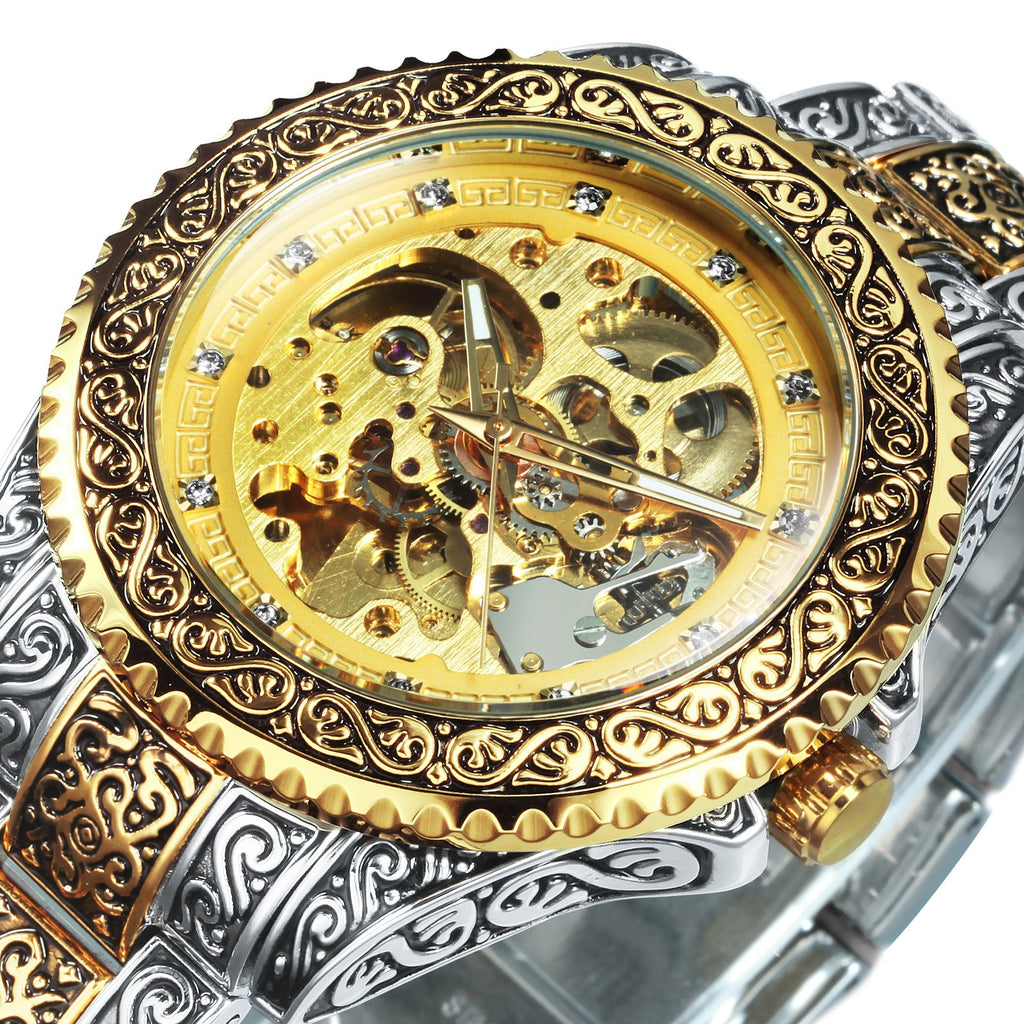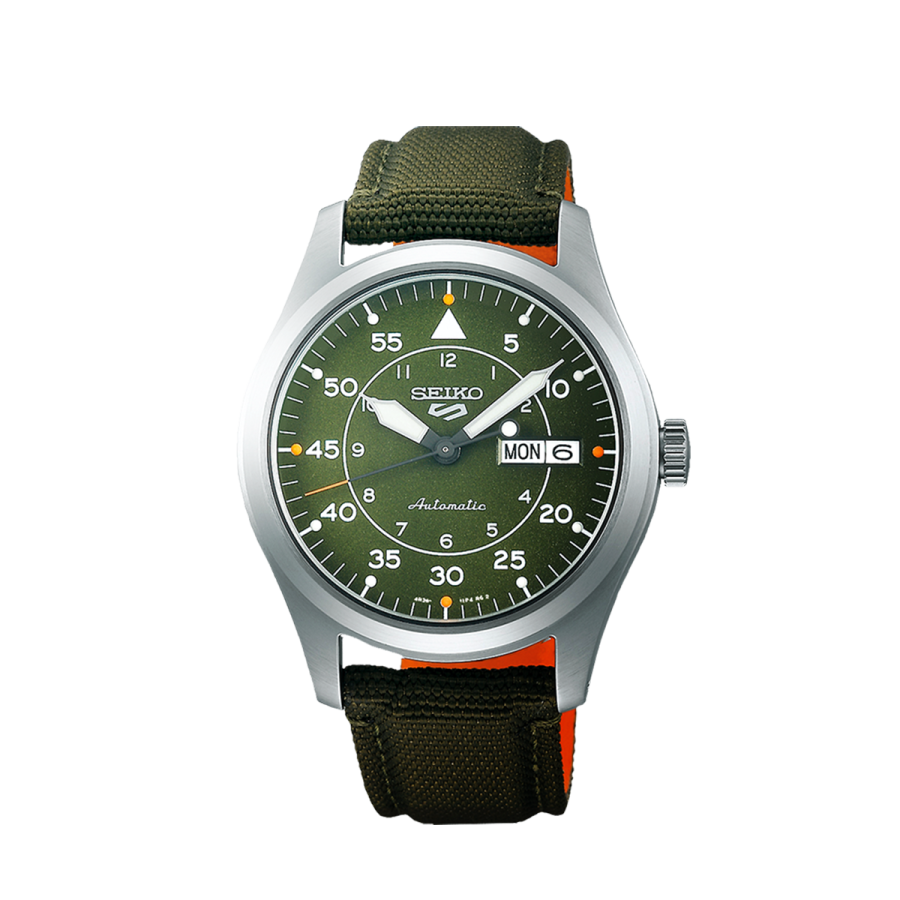Introduction
In an era where digital technology rules and smartwatches dominate the wrists of many, there remains a deep appreciation for the intricate craftsmanship and timeless elegance embodied by mechanical watches. Far from being relics of the past, these precision instruments represent the pinnacle of horological artistry, meticulously crafted by skilled artisans who blend tradition with innovation. This in-depth guide delves into the fascinating world of mechanical watches, exploring their history, inner workings, and the reasons behind their enduring allure.
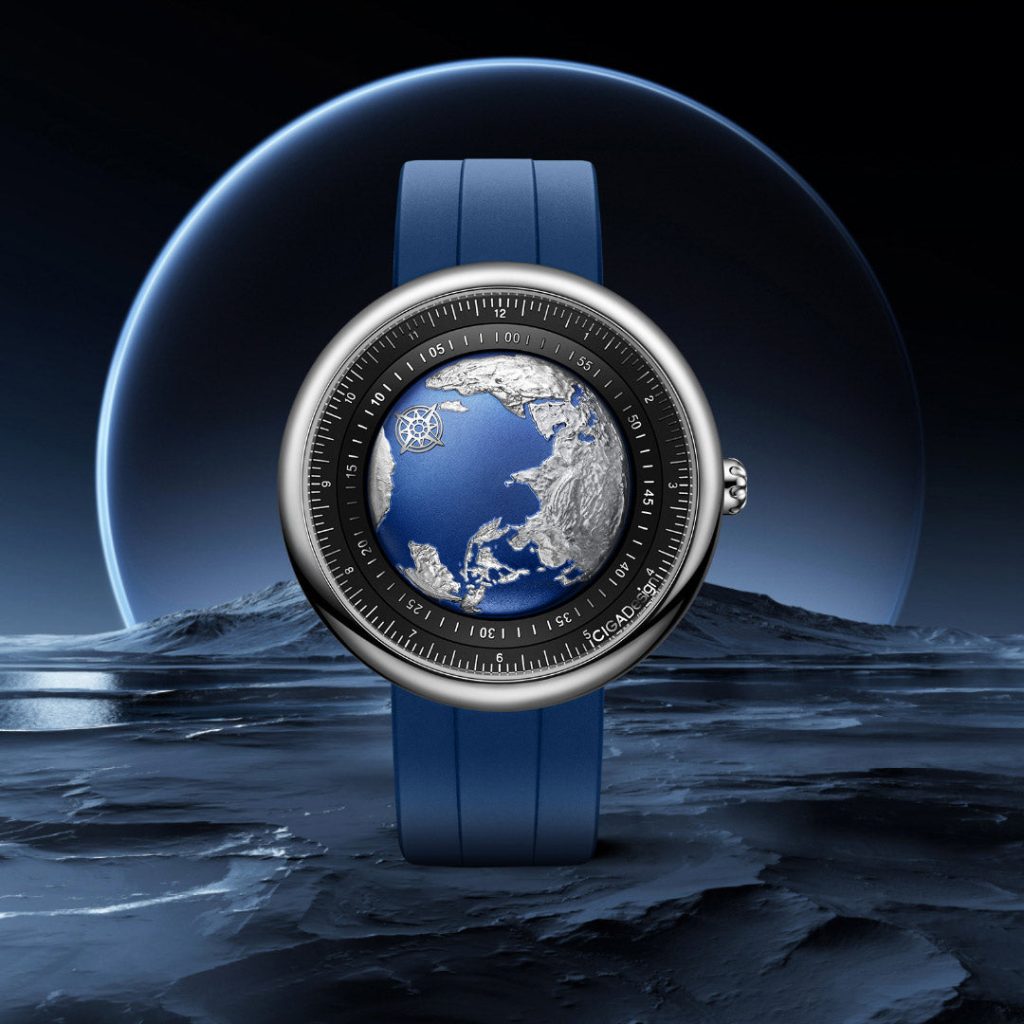
A Brief History of Mechanical Watches
The story of mechanical watches begins in the late Middle Ages when early clockmakers started miniaturizing their creations to be worn on the body. The first portable timepieces, known as “pocket watches,” emerged in the 16th century. It wasn’t until the 19th century that wristwatches, initially designed for women and military use, gained popularity. The golden age of mechanical watchmaking spanned from the late 19th to mid-20th centuries, with Switzerland and Germany leading the industry in precision and innovation.
Understanding the Mechanics
At the heart of every mechanical watch lies a complex system of gears, springs, and regulators known as the movement. There are two primary types of mechanical movements:
- Manual Wind: Requires daily winding to store energy in the mainspring. The energy is then released gradually to power the watch’s functions.
- Automatic (Self-Winding): Utilizes a weighted rotor that rotates with the wearer’s natural motion, automatically winding the mainspring.
Both systems rely on intricate mechanisms like the escapement (regulates energy release), balance wheel (keeps time), and gear train (translates energy into hand movement), showcasing the harmony of physics and engineering.
Components of a Mechanical Watch
A closer look at the components reveals the intricacy and precision involved:
- Mainspring: Stores potential energy.
- Gear Train: Converts the unwinding of the mainspring into a slow rotation of the hands.
- Escapement: Regulates the release of energy and ensures consistent ticking.
- Balance Wheel and Spring: Acts as the oscillator, maintaining the watch’s accuracy.
- Dial, Hands, and Crystal: The visible face of the watch, displaying time with style.
- Case and Strap: Protects the movement and provides comfort on the wrist.
Artisanal Craftsmanship
Mechanical watches are not just machines; they are wearable art. Skilled craftsmen, or watchmakers, employ techniques passed down through generations to create each piece:
- Hand Engraving: Adorns cases and dials with intricate patterns.
- Guilloché: A delicate pattern etched onto metal surfaces using a rose engine lathe.
- Gem Setting: Adding diamonds or other precious stones to elevate luxury.
- Finishing Techniques: Polishing, brushing, and anglage (beveling) enhance aesthetics and reduce friction within the movement.
Collecting and Appreciation
Mechanical watches hold a unique appeal for collectors and enthusiasts. Factors influencing desirability include:
- Brand Heritage: Renowned names like Rolex, Patek Philippe, and Audemars Piguet carry prestige.
- Limited Editions: Rarity increases value and exclusivity.
- Complications: Additional functions beyond telling time, such as chronographs, tourbillons, and perpetual calendars, showcase technical prowess.
- Investment Potential: Well-maintained vintage and rare pieces often appreciate over time.
Maintenance and Care
To ensure longevity and accuracy, proper care is essential:
- Regular Servicing: Every 3-5 years by a professional watchmaker.
- Cleaning: Gentle cleaning of the case and strap.
- Avoiding Extreme Conditions: Protect from shock, magnets, and extreme temperatures.
- Winding and Storage: For manual winds, wind fully but not forcefully; automatics benefit from a watch winder during storage.
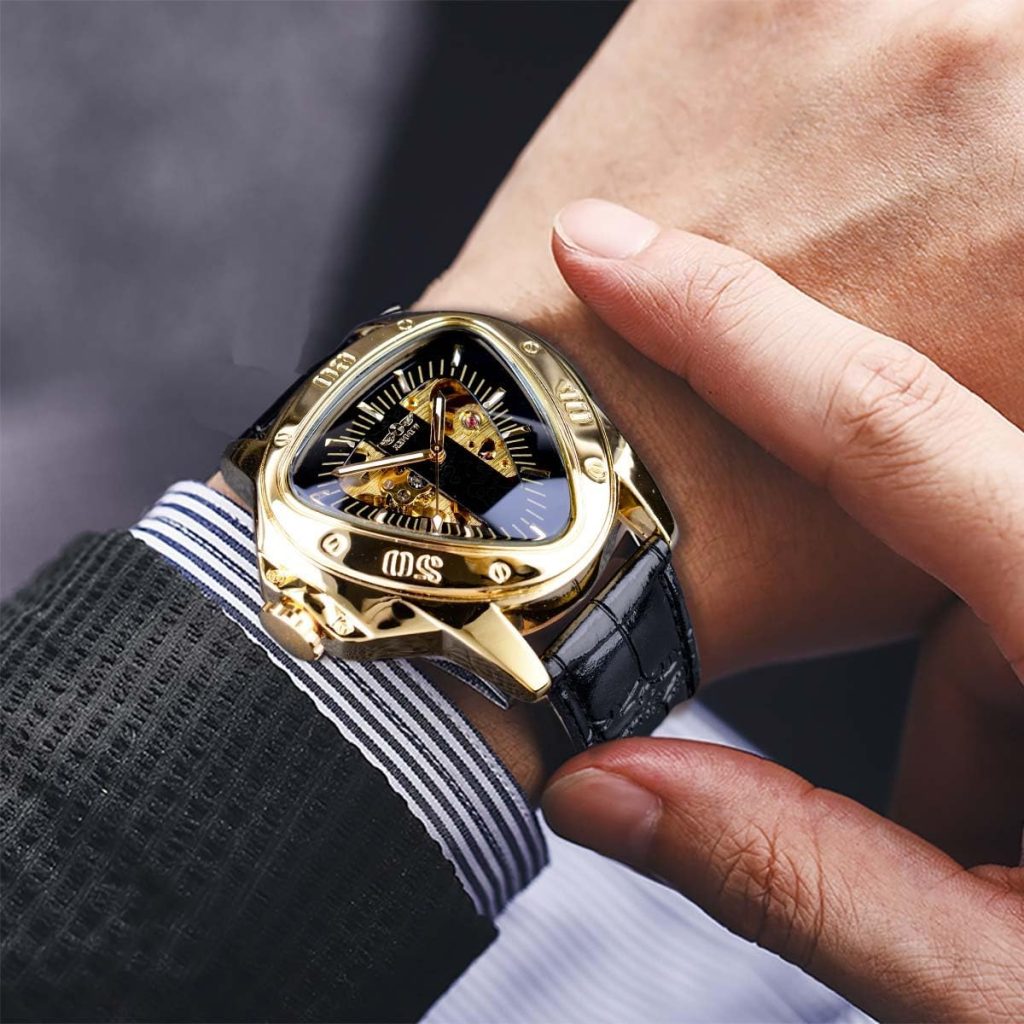
History and Evolution
Mechanical watches have a rich history dating back centuries. The first mechanical clocks emerged in the 14th century, evolving from spring-driven mechanisms that gradually miniaturized into portable timepieces worn on the wrist. By the 17th century, watchmakers in Europe refined the art of watchmaking, introducing innovations such as the escapement and balance wheel, which remain fundamental to mechanical watches today.
In the 19th and early 20th centuries, the industrial revolution spurred mass production, but also marked a period of refinement in watchmaking techniques. Swiss watchmakers, in particular, gained renown for their precision and craftsmanship, establishing Switzerland as the global hub of mechanical watchmaking—a reputation it maintains to this day.
Mechanical vs. Quartz Watches
The distinction between mechanical and quartz watches lies in their movement. Mechanical watches rely on a complex system of gears, springs, and oscillators to keep time, while quartz watches use an electronic oscillator regulated by a quartz crystal. Mechanical watches are celebrated for their craftsmanship, tradition, and the mesmerizing sight of moving gears visible through transparent case backs. Quartz watches, on the other hand, are valued for their accuracy, affordability, and low maintenance.
Components and Mechanics
Understanding the components of a mechanical watch provides insight into its complexity and function:
- Main Components:
- Movement: The engine of the watch, consisting of the mainspring, gear train, escapement, and balance wheel.
- Dial: Displays time through hands or digital readouts.
- Case: Protects the movement and dial, often made of stainless steel, gold, or titanium.
- Crystal: Transparent cover protecting the dial, usually made of sapphire or mineral glass.
- Types of Movements:
- Manual: Requires daily winding by hand.
- Automatic: Self-winding through the motion of the wearer’s wrist.
- Chronograph: Includes stopwatch functions.
- Tourbillon: A complication that counters the effects of gravity for improved accuracy.
Craftsmanship and Artistry
The allure of mechanical watches extends beyond their functionality to the craftsmanship involved in their creation:
- Hand Assembly: Skilled watchmakers meticulously assemble each component by hand, ensuring precision and quality control.
- Decorative Techniques: Engraving, polishing, and perlage (small circular patterns) adorn movement components, enhancing aesthetic appeal.
- Complications: Additional functions beyond basic timekeeping, such as moon phases, perpetual calendars, and minute repeaters, demonstrate mastery and innovation.
Modern Relevance and Collectibility
Despite technological advancements, mechanical watches retain a loyal following and continue to thrive:
- Luxury Appeal: High-end brands like Rolex, Patek Philippe, and Audemars Piguet command admiration and collector interest.
- Heritage and Tradition: Historic watchmaking houses preserve centuries-old techniques while embracing modern technology.
- Limited Editions and Rarity: Limited production runs and collaborations with artisans contribute to exclusivity and collectibility.
Care and Maintenance
Proper care ensures longevity and performance:
- Regular Servicing: Recommended every 3-5 years to maintain accuracy and prevent wear.
- Storage: Store watches in a watch box or case to protect from dust, moisture, and damage.
- Avoid Magnetic Fields: Magnetic fields can disrupt the movement; consider demagnetization if necessary.
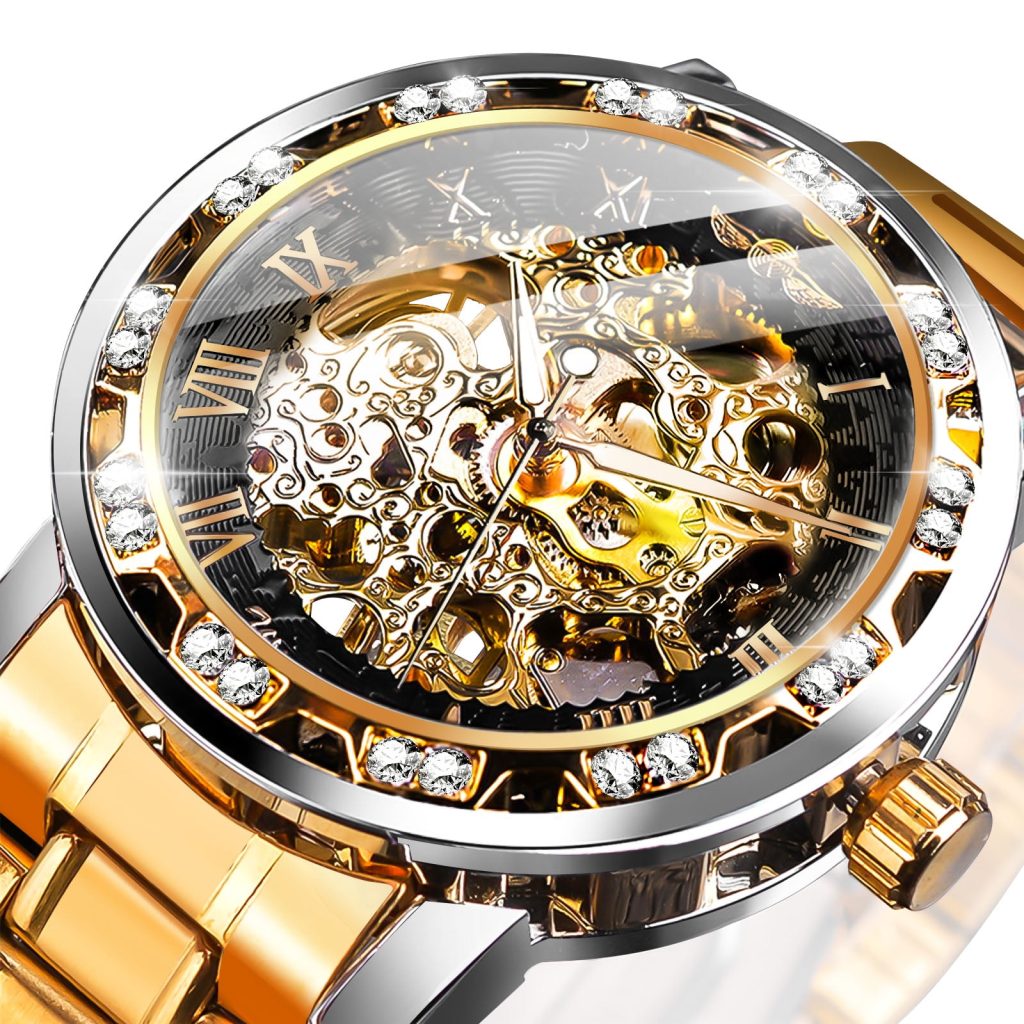
A Brief History of Timekeeping
To understand the allure of mechanical watches, one must first journey back to the origins of time measurement. From ancient sundials to water clocks, humanity’s quest to quantify the passage of time has been relentless. It wasn’t until the late 13th century when the first mechanical clocks emerged in Europe, marking the beginning of a new era in timekeeping. These early mechanisms, large and installed in towers, gradually evolved into smaller, wearable timepieces known as pocket watches in the 16th century.
The Birth of the Wristwatch
The wristwatch, as we know it today, was born out of necessity during World War I. Soldiers found pocket watches impractical in the trenches, leading to the adaptation of smaller clocks to be strapped onto wrists. This innovation not only transformed the practicality of timekeeping but also set the stage for the mechanical watch’s evolution into a symbol of style, status, and personal expression.
Precision Engineering and Artisanal Craftsmanship
At the heart of a mechanical watch lies its intricate movement—tiny gears, springs, and rotors working in harmony without the aid of batteries or electronic components. The level of precision engineering required to create such a mechanism is nothing short of astonishing. Each component is meticulously crafted, often by hand, demanding hours of labor-intensive work by skilled artisans. This blend of science and artistry results in a device capable of measuring time with remarkable accuracy, lasting decades, if not centuries, with proper care.
The Emotional Connection
Beyond their functional excellence, mechanical watches hold an emotional appeal that sets them apart from their digital counterparts. Owning a mechanical watch is akin to possessing a piece of history, a tangible connection to generations of watchmakers who have perfected their craft over centuries. Each tick resonates with the heartbeat of tradition, evoking a sense of nostalgia and respect for the past. Moreover, many mechanical watches become family heirlooms, passed down from generation to generation, carrying with them the stories and memories of those who wore them before.
Innovation Amid Tradition
While rooted in tradition, the world of mechanical watches is not devoid of innovation. Modern materials like silicon and carbon fiber are being integrated into movements, enhancing their durability and efficiency. Complications such as tourbillons, perpetual calendars, and minute repeaters showcase the pinnacle of horological expertise, pushing the boundaries of what a timepiece can achieve. Brands are also exploring sustainable practices, using recycled metals and ethically sourced materials, ensuring that the legacy of mechanical watches aligns with contemporary values.
Collecting and Investing
Mechanical watches have also become a popular investment choice. Limited edition pieces, vintage watches, and those from prestigious brands often appreciate in value over time, making them attractive assets beyond their functional use. Auction houses regularly witness fierce bidding wars for rare and historically significant watches, further fueling the interest of collectors worldwide.
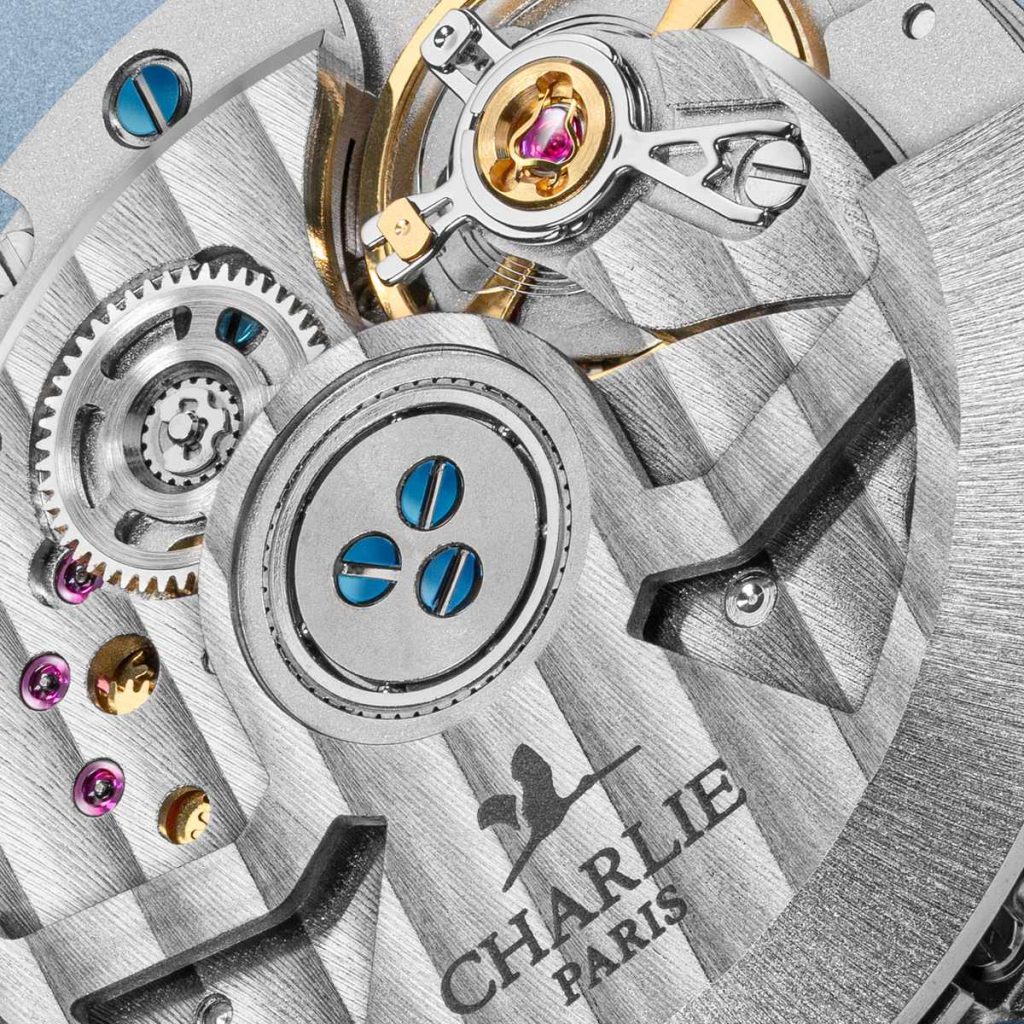
Conclusion
Mechanical watches stand as testaments to human ingenuity, artistry, and the relentless pursuit of precision. More than mere timekeepers, they embody a connection to history, a celebration of craftsmanship, and a statement of personal style. As technology continues to advance, these mechanical marvels remain cherished reminders of a time-honored tradition, treasured by those who appreciate the subtle dance of gears beneath a beautifully crafted exterior.
